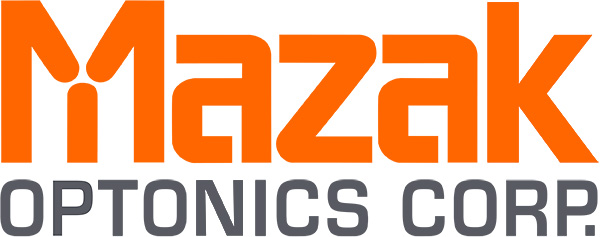High Performance Air
Reduce monthly operating costs, increase throughput and reduce laser idle time

Assist gases are the most expensive part of laser-cutting operations. One option that is available, depending on the application, is a high performance dry air system. Now high performance dry air systems, often referred to as high pressure air, are taking the laser-cutting industry by storm.
Differences in High Performance Air
What exactly is a high performance dry air system? Is it the same as air from the compressor in the back of a fabrication shop? There are two major factors that set high performance dry air apart from shop air.
Clean and Dry
The first difference is the quality of dry air. While shop air compressors have a refrigerated air dryer it is not dry enough. Wet air at a high pressure could cause contamination. If water accumulates on the optics, debris can gather in those wet spots. It is essential to have an extremely clean beam path that is dry and free of contamination.
To ensure that the air is dry and free of particulates, Liberty Systems utilizes a device that is similar to a desiccant air dryer in its high performance dry air systems. The dryer features a proprietary blend of activated alumina and other molecular sieves that provide the clean and dry air source.
Pressure
The second difference in high performance dry air versus shop air is pressure. An air booster to deliver 400 psi is required to cut a full range of material and thicknesses.
Performance Advantages
High performance air cutting is not for all fabricators, it all depends on the application. These three materials are the most suitable for high performance air cutting: aluminum, mild steel and stainless steel.
Aluminum
The biggest benefit of high performance air is seen when cutting aluminum. Since high performance dry air contains 20.9 percent oxygen it provides more heat in the cut to burn away certain properties in aluminum, as compared to nitrogen. This results in burr-free edges on parts. As laser power increases, there is an even smoother edge with less striations.
Mild Steel
Using high pressure air in 0.250" or thinner mild steel is more effective versus nitrogen. In most cases, there is also a slight speed increase. With high pressure air these is no oxide layer that needs to be removed before welding or painting, instead it is embedded into the steel. Most fabricators find this edge acceptable to weld or paint. But it is recommended to get cut samples and test it yourself.
Stainless Steel
The biggest advantage of high pressure air is in thick stainless steel. There is a major speed increase and reduced cost per part. Mid-range thickness stainless is a case by case basis with many finding it acceptable.
Improve Operating Costs
While a high-performance dry air system may not be for every fabricator, it is a viable option for many. By selecting the proper assist gas, it can increase the margins on final products. The outcomes from utilizing high performance air assist gas can dramatically reduce monthly operating costs, increase throughput and reduce laser idle time.
